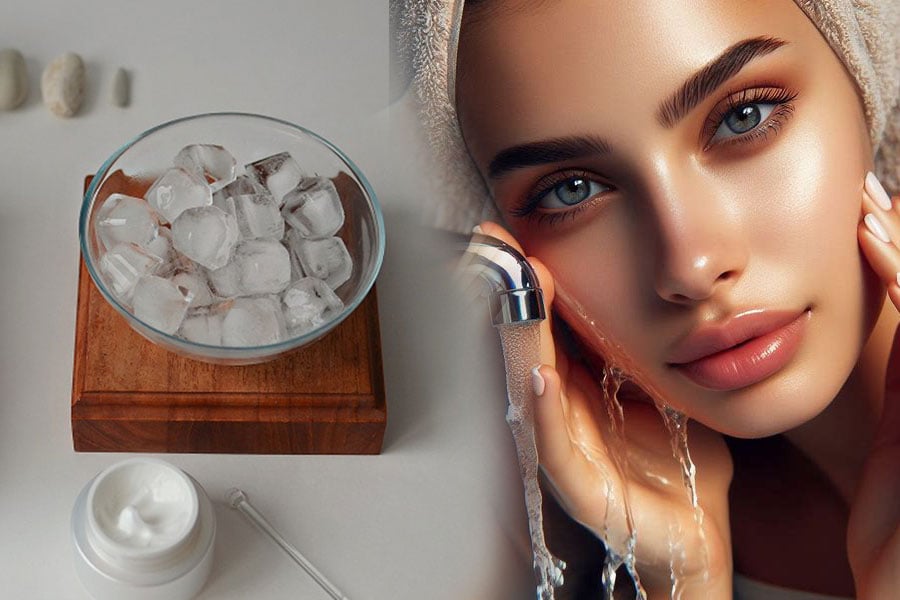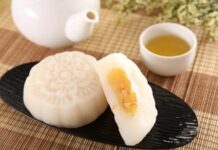Washing your face with ice-cold water has long been a popular beauty tip for many, especially for women. The refreshing sensation that ice-cold water provides has led many to believe that it is the secret to youthful and vibrant skin. Indeed, while this method does offer some significant benefits, it also comes with potential risks if not applied correctly or overused.
Benefits of Washing Your Face with Ice-Cold Water
Ice-cold water directly impacts the skin due to its low temperature. When it comes into contact with the skin, it causes the pores to constrict, giving the skin a smoother and firmer appearance. The mild “thermal shock” also stimulates blood circulation beneath the skin, creating a rosy, radiant complexion. Additionally, ice is considered an instant anti-inflammatory agent. For inflamed acne lesions, the cold temperature constricts blood vessels, reducing swelling and inhibiting bacterial growth.

Especially for those with oily skin, washing your face with ice-cold water can help control excess sebum production. Lower temperatures slow down the activity of sebaceous glands, reducing the uncomfortable oily sheen. In the morning, ice-cold water can also soothe puffy eyes, fade dark circles, and provide a refreshing and energizing start to your day.
Potential Risks of Overusing Ice-Cold Water
Despite its benefits, improper use of ice-cold water can lead to unfortunate skin damage. The skin, especially the delicate area around the eyes, is susceptible to broken capillaries when exposed to extremely cold temperatures. This can result in visible red marks and even long-term capillary dilation.
Prolonged direct contact with ice-cold water can also cause “cold burns.” The damaged epidermis may become dry, flaky, and deprived of its natural moisture. Individuals with sensitive skin are particularly prone to irritation, stinging, or redness. Furthermore, if you frequently wash your face with ice-cold water without following up with a moisturizer, your skin may lose its balance and react by producing even more oil, leading to acne breakouts. Another risk arises from using impure ice, which can introduce bacteria into the skin and cause infections.

Safe and Effective Ice-Cold Water Facial Routine
To harness the benefits of ice-cold water, it is crucial to use it appropriately. Limit direct contact to no more than 5 minutes, and gently massage your forehead, nose, and chin—areas prone to larger pores. This routine is recommended 2–3 times a week, and it is essential to avoid daily ice-cold water washing. Always follow up with a moisturizer to protect your skin barrier.
Some interesting variations include using ice made from green tea, aloe vera, or rose water. These ingredients contain antioxidants and nutrients that enhance the effects, not only tightening pores but also nourishing the skin.
This method is particularly effective for individuals with oily or combination skin or those who frequently stay up late, experiencing dark circles and puffy eyes. On the other hand, those with dry or sensitive skin or suffering from skin conditions like eczema or dermatitis should refrain from using ice-cold water as it may aggravate their skin. Additionally, during the recovery period after cosmetic procedures such as laser treatments, microneedling, or chemical peels, avoid washing your face with ice-cold water.
In conclusion, washing your face with ice-cold water can be either a secret weapon for achieving radiant skin or a double-edged sword if overused. To achieve optimal results, it is essential to apply this method at the right frequency, choose the appropriate timing, and always combine it with basic skincare steps. By listening to your skin’s needs, you can transform this simple technique into a powerful ally in maintaining your skin’s radiance and health every day.









